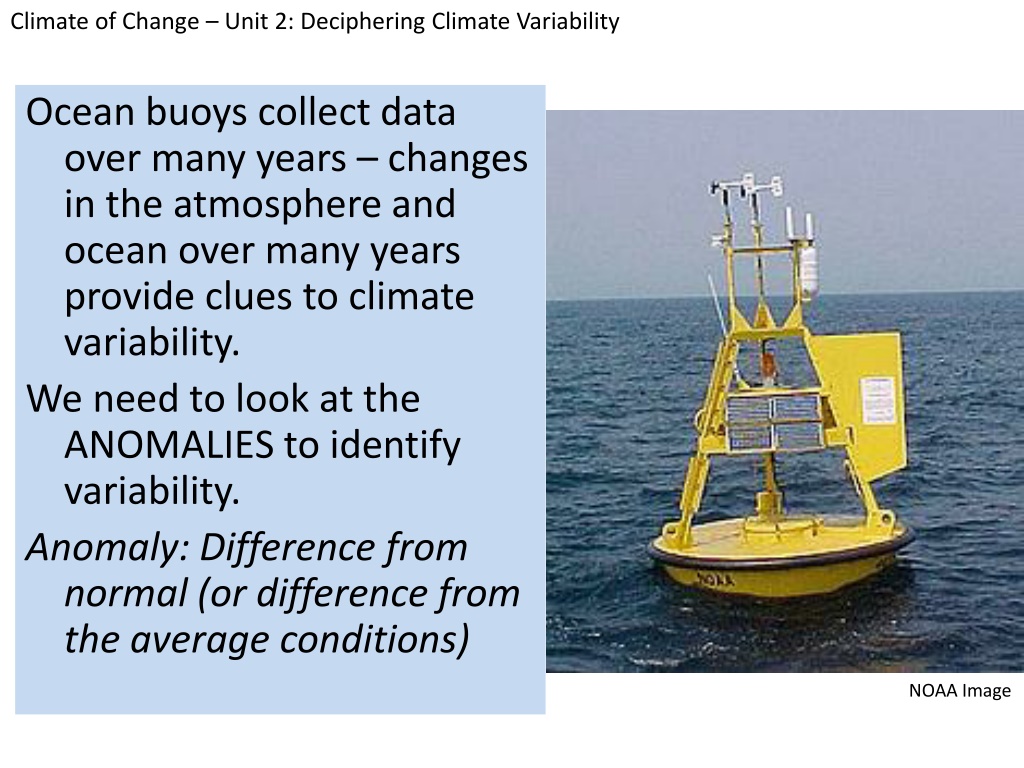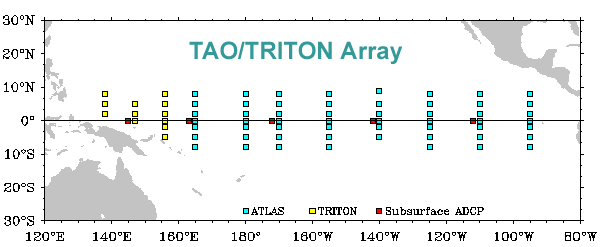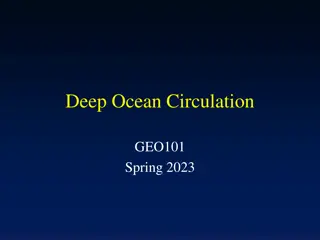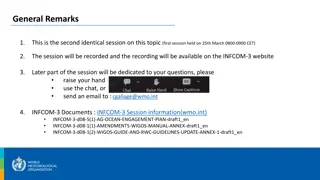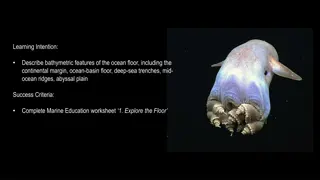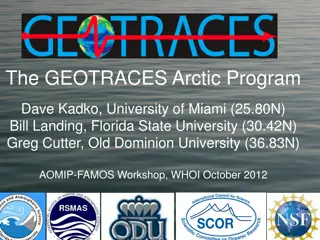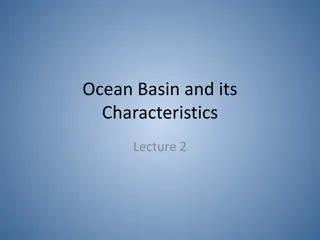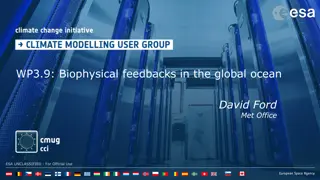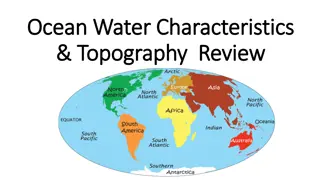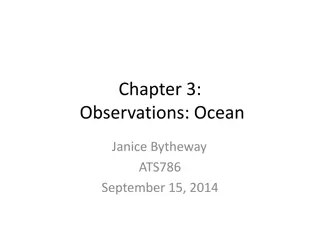Deciphering Climate Variability Through Ocean Buoys Data Collection
Ocean buoys like TAO/TRITON provide valuable data on climate variability by measuring various parameters like sea-surface temperature, wind speed, humidity, and subsurface temperatures. Anomalies from normal conditions help identify patterns over time, aiding in understanding climate changes. Maintained by NOAA and Japan, these buoys play a crucial role in monitoring and studying climate trends. Scientists and technicians regularly maintain and repair these buoys to ensure data accuracy. The data collected offers insights into long-term climate patterns and fluctuations in the Pacific region.
Download Presentation

Please find below an Image/Link to download the presentation.
The content on the website is provided AS IS for your information and personal use only. It may not be sold, licensed, or shared on other websites without obtaining consent from the author. Download presentation by click this link. If you encounter any issues during the download, it is possible that the publisher has removed the file from their server.
E N D
Presentation Transcript
Climate of Change Unit 2: Deciphering Climate Variability Ocean buoys collect data over many years changes in the atmosphere and ocean over many years provide clues to climate variability. We need to look at the ANOMALIES to identify variability. Anomaly: Difference from normal (or difference from the average conditions) NOAA Image
Climate of Change Unit 2: Deciphering Climate Variability NOAA Image The TAO/TRITON buoys are in an area of the Pacific where there are few islands or ships to collect weather data. Japan maintains 15 of the buoys (labeled TRITON below). The other 55 are maintained by the United States, through the National Data Buoy Center, which is a division of NOAA.
Climate of Change Unit 2: Deciphering Climate Variability Instruments on the TAO/TRITON buoys measure sea-surface temperature, wind speed and direction, relative humidity, air temperature, and subsurface temperatures in the upper 500 meters of the ocean. The buoys are moored in place with an anchor. NOAA Image
Climate of Change Unit 2: Deciphering Climate Variability NOAA Image Six to eight times a year, scientists and technicians go out on the NOAA ship Ka imimoana to repair and replace buoys along different sections of the array.
Climate of Change Unit 2: Deciphering Climate Variability TAO/TRITON Monthly Sea Surface Temp (SST) in C and Winds (m/s2) Arrows depict wind strength and direction (longer arrow = stronger wind) (Averages) Short arrows indicate wind is similar to the long-term average Long arrows indicate wind is stronger than average (and in same direction)
